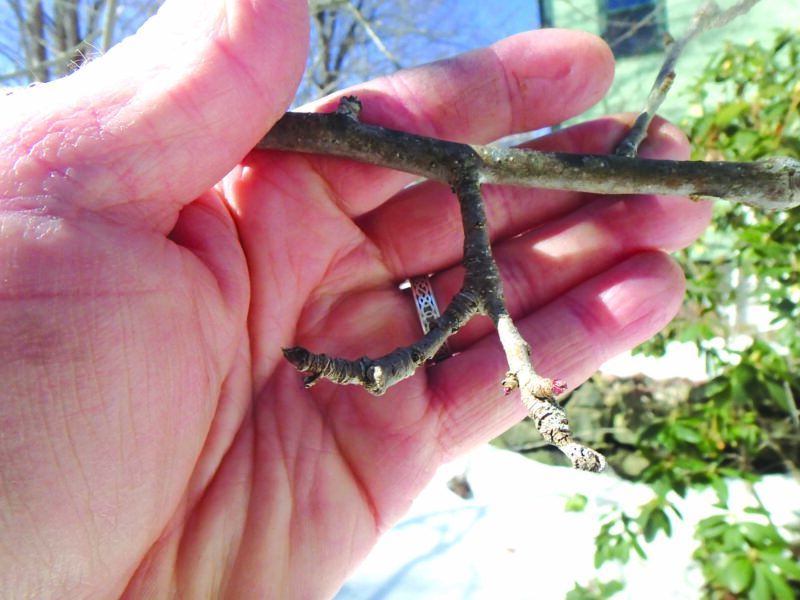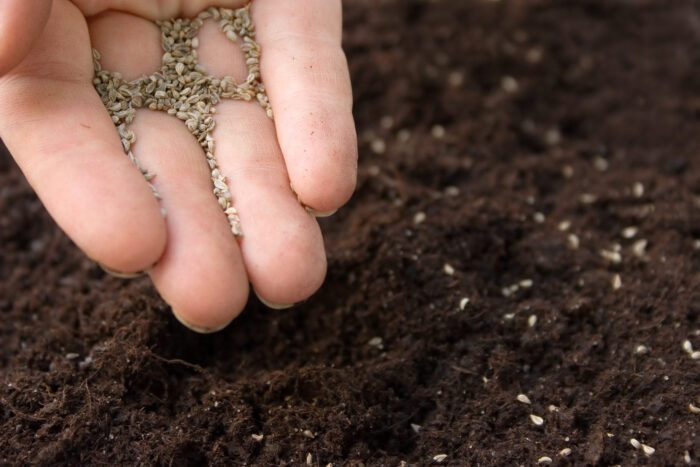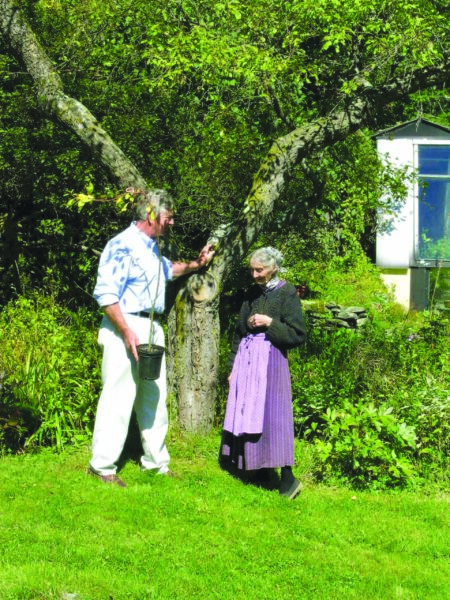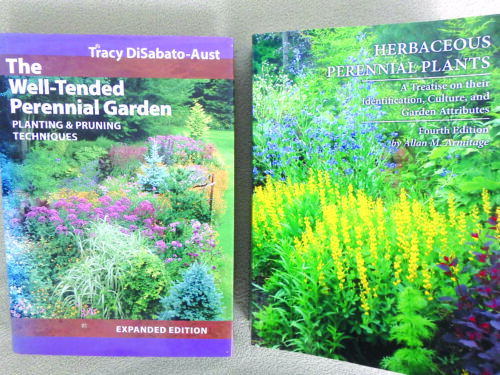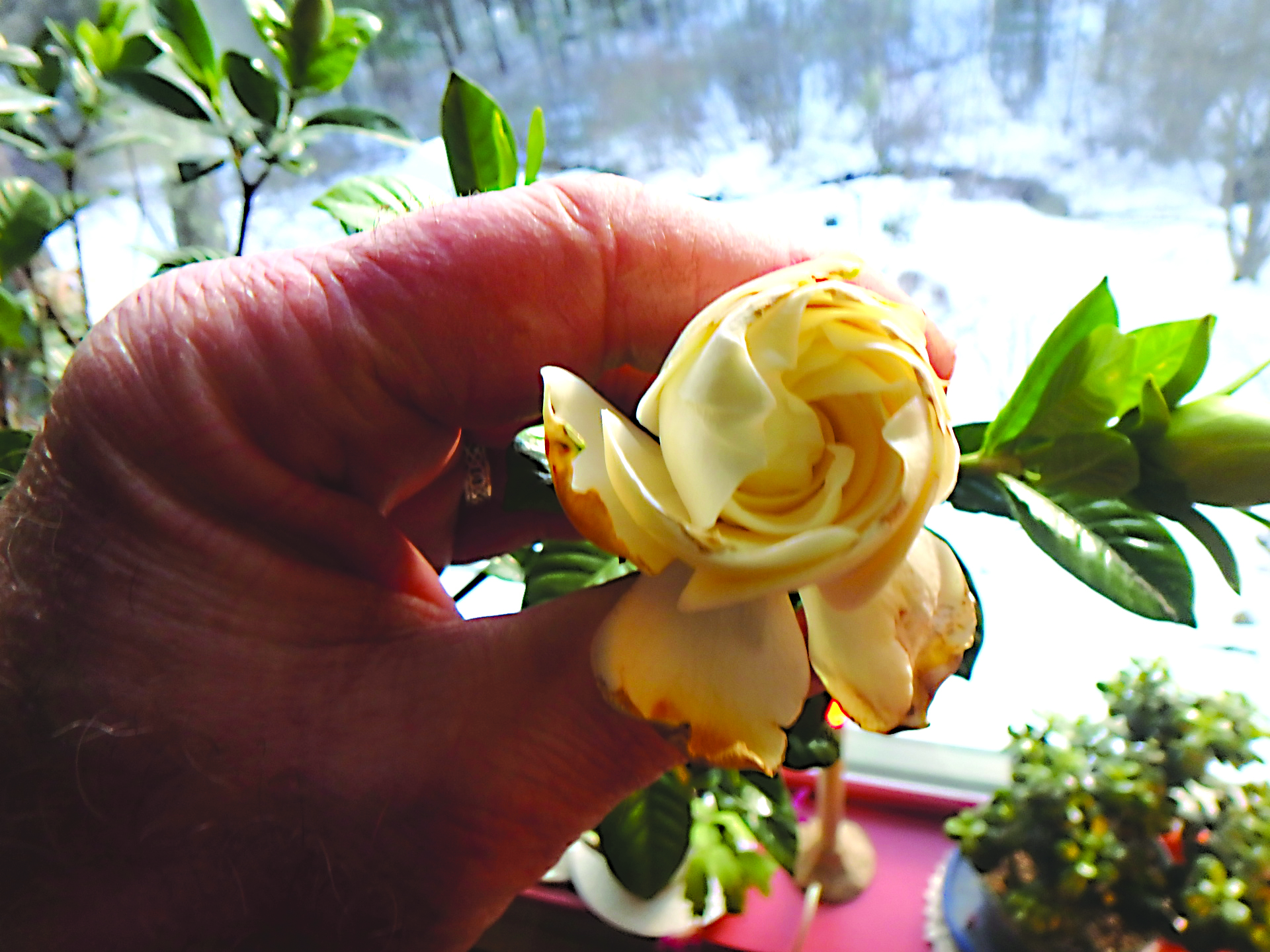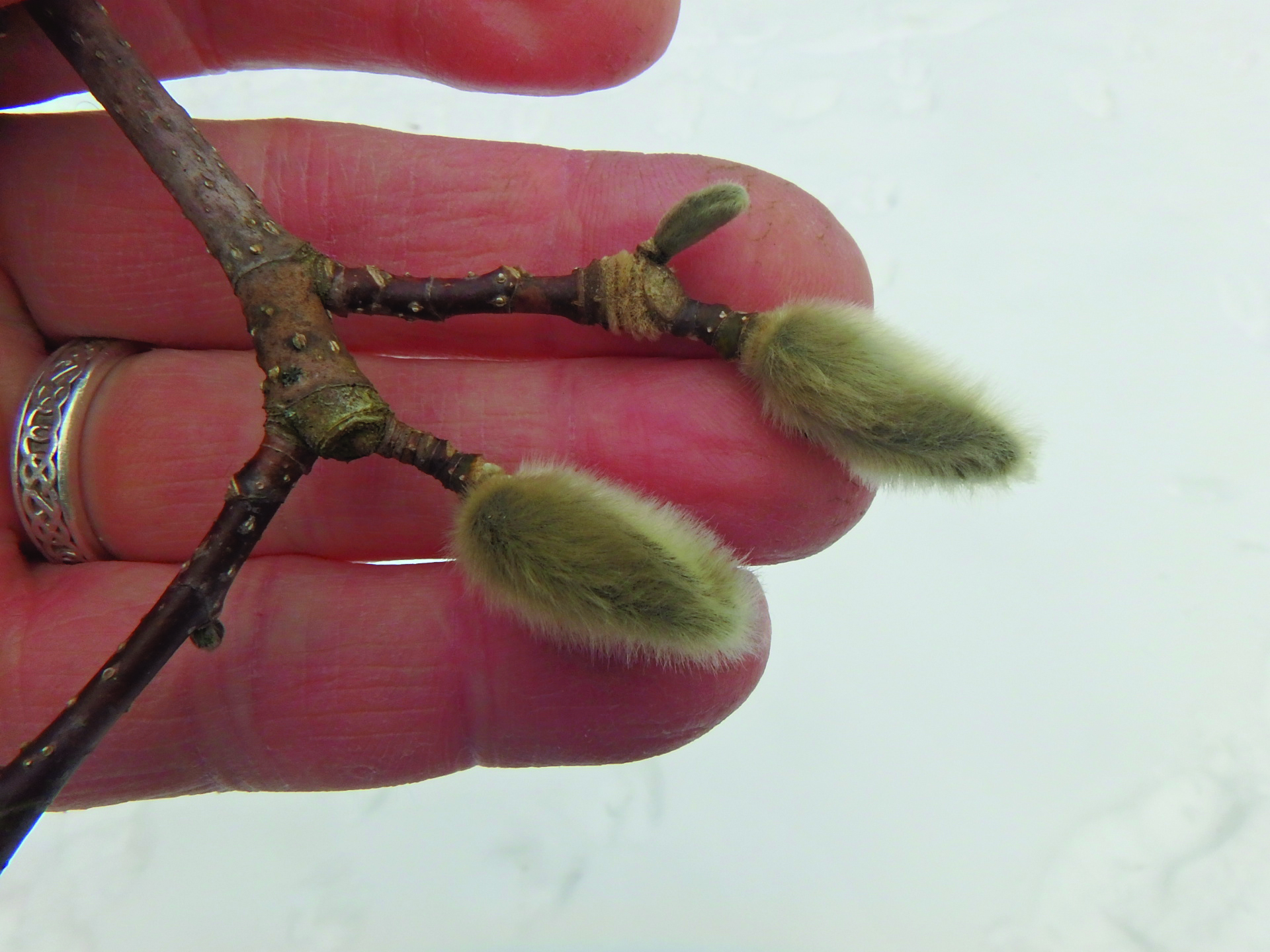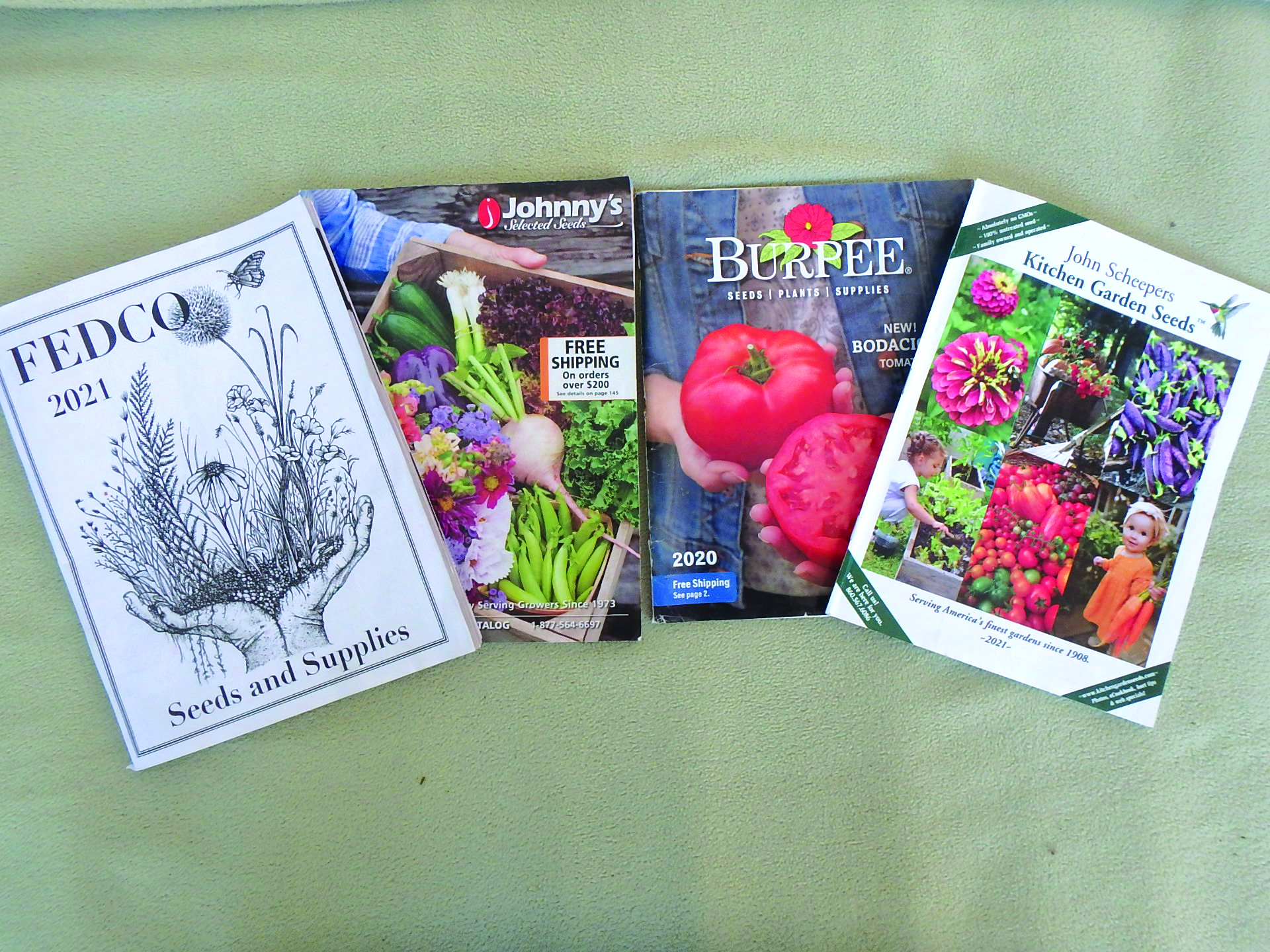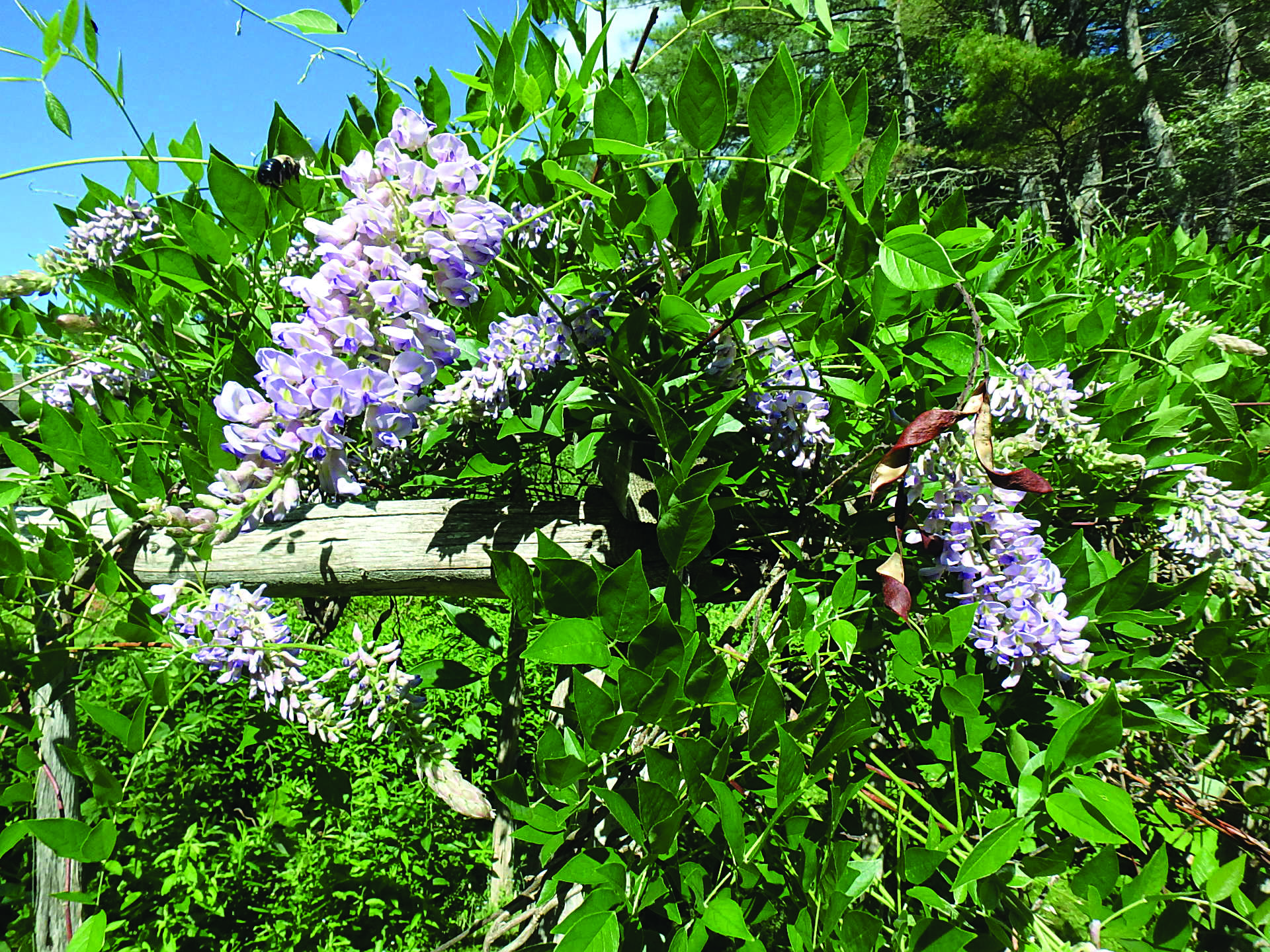Your fruit trees are ready for a haircut
When I was a boy I loved to climb trees. I had no fear of heights, and loved the unique perspective I got looking down from the top of a tall pine or maple tree. Now that I’m all grown up, I no longer climb trees — unless I have the excuse of pruning, which I also love. On a recent warm, sunny day I got out my pruning tools and ladders to give my fruit trees “haircuts.”
A word about timing: Conventional wisdom has it that you must prune apples and other fruit trees in March. Hogwash. You can prune them any time. I generally stop pruning when flower buds start to open, but prune again in August and in late fall after leaf drop.
Good tools are important for doing a good job. You need sharp bypass pruners (not the anvil pruners that crush the stems), a pair of good loppers and a small hand saw — folding saws with sharp teeth are good. I have bigger saws for large branches and even a small electric chain saw, but rarely use them.
Start by walking around the tree a few times and really looking at the structure of the tree. I want my trees to have enough open space that sunlight can get to every leaf. Sunshine feeds the tree and dries out leaves, helping to minimize fungal diseases. A robin should be able to fly right through a mature apple tree without getting hurt.
My first cuts are usually the biggest branches that need to be removed. It’s easier to remove one 3-inch-thick branch than snip away 50 small branches on it. If you prune every year, you may not have a big branch to remove, but it’s surprising how quickly water sprouts turn into big branches going straight up through the middle of the tree. You can often reduce the height of a tree by shortening big branches.
Water sprouts grow every year on most fruit trees. The first year they are pencil-thin and 12 to 36 inches long. Cut them off as they will just clutter up your tree. Trees grow them in response to a need for more food for the roots, and they are most common in shady parts of the tree where leaves are not getting enough sunshine. Some varieties are more prone to growing water sprouts than others, and a hard pruning may stimulate them to grow in large numbers.
Dead wood should always be removed. In winter there are no leaves on the tree, and it can be tougher to determine what is dead. Look for dry, flaking bark. But the sure test is to take your thumbnail and scratch off a layer of bark. If you see green, it is alive. If not? It’s dead.
Look for rubbing branches, or branches so close that they will grow together. Choose one, and cut it off. Some trees, maples, for example, often send up branches that originate at the same point and are growing in the same direction. Remove one before they grow together and fuse (which results in a weak spot subject to breakage). Maples and birches, by the way, should not be pruned now when the sap is flowing fast. Do them in the fall, or even mid-summer.
Branches often grow away from the center of the tree, as they should, but compete with another branch directly above or below it. Decide which is the better branch, and remove the other. I also look for branches that are headed into the interior of the tree and remove them.
When pruning, don’t leave stubs. Cut back each branch to its point of origin: the trunk, or a bigger branch. This will promote healing.
Fruit spurs on apples and pears produce flowers and leaves, and are indicators where you will have fruit later this year. They are easy to identify: they are short gnarly branches (3 to 6 inches) that have fruit buds. Fruit buds are bigger and fatter than leaf buds. They do not generally appear on young fruit trees. Learn to recognize them: when deciding which of two branches to remove, keep the one with more fruit spurs.
Fruit most often develops on what are called scaffold branches — sturdy branches that leave the trunk on an angle that is almost parallel to the ground, or aiming up slightly. Branches that go more straight up, older water sprouts for example, produce little or no fruit.
You can change the angle of growth of a branch that is only an inch or less thick. Once winter is over, attach string or rope to a branch and tie it to a peg in the ground or to a weight to bend it down. A half-gallon milk jug works well. Just add water until you have the correct angle on the branch. Forty-five to 60 degrees off vertical is fine. You can remove the weights in June.
When pruning, don’t overdo it. Trees need their leaves to feed the roots and fruit. In any given year don’t take more than 25 percent of the leaves (woody stems don’t count when calculating how much you have taken off).
One last fact: A well-pruned tree will produce fruit that is bigger, sweeter and tastier than a tree that has been neglected. I don’t want lots of little fruit, and I try to remove some each year in June to encourage fruits to grow to full size. Leaves that get plenty of sunshine will produce more sugars for the fruit, so it will taste better. So get to work!
Featured photo: Fruit spurs are short with a fat bud or two. Courtesy photo.

